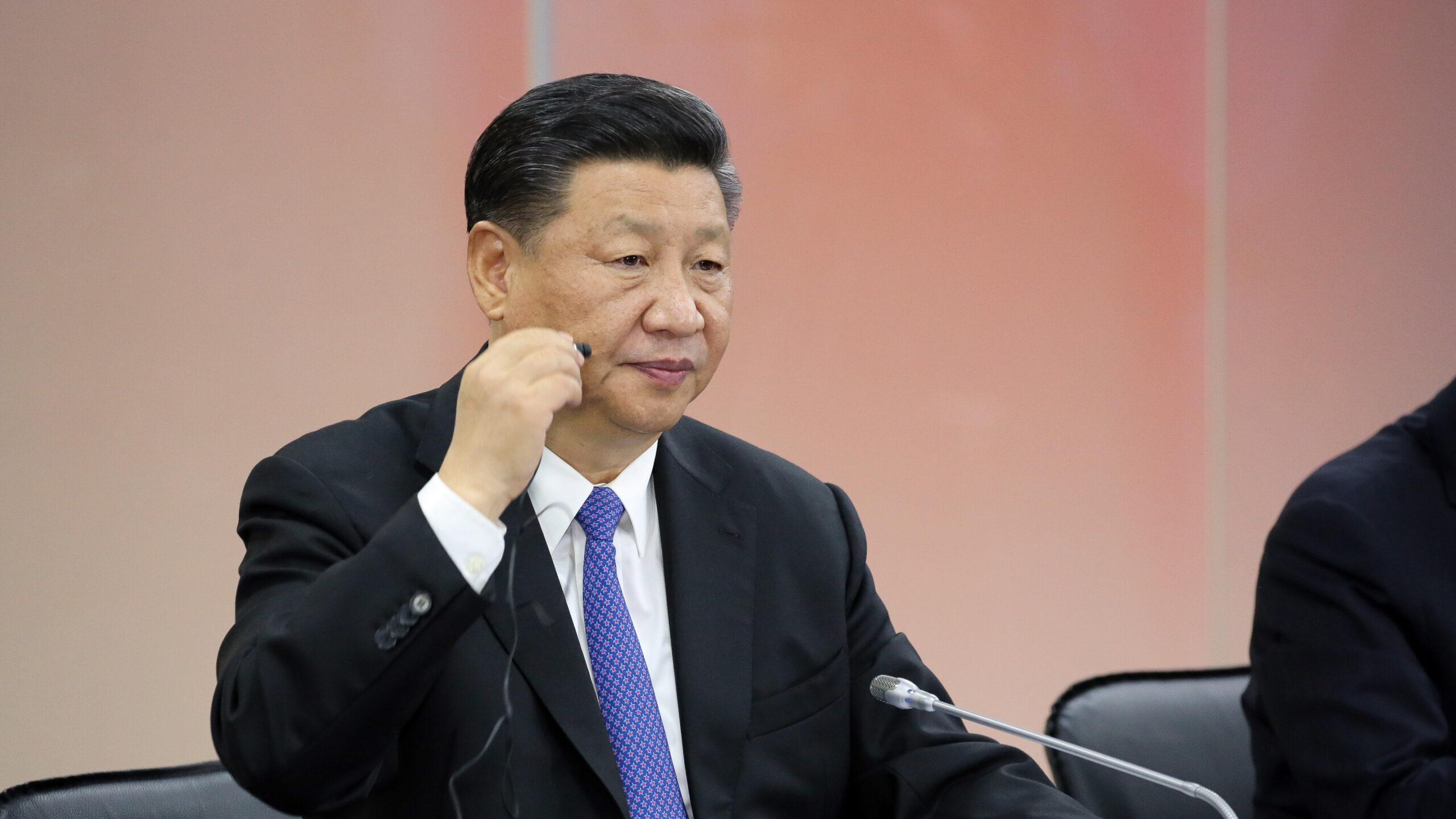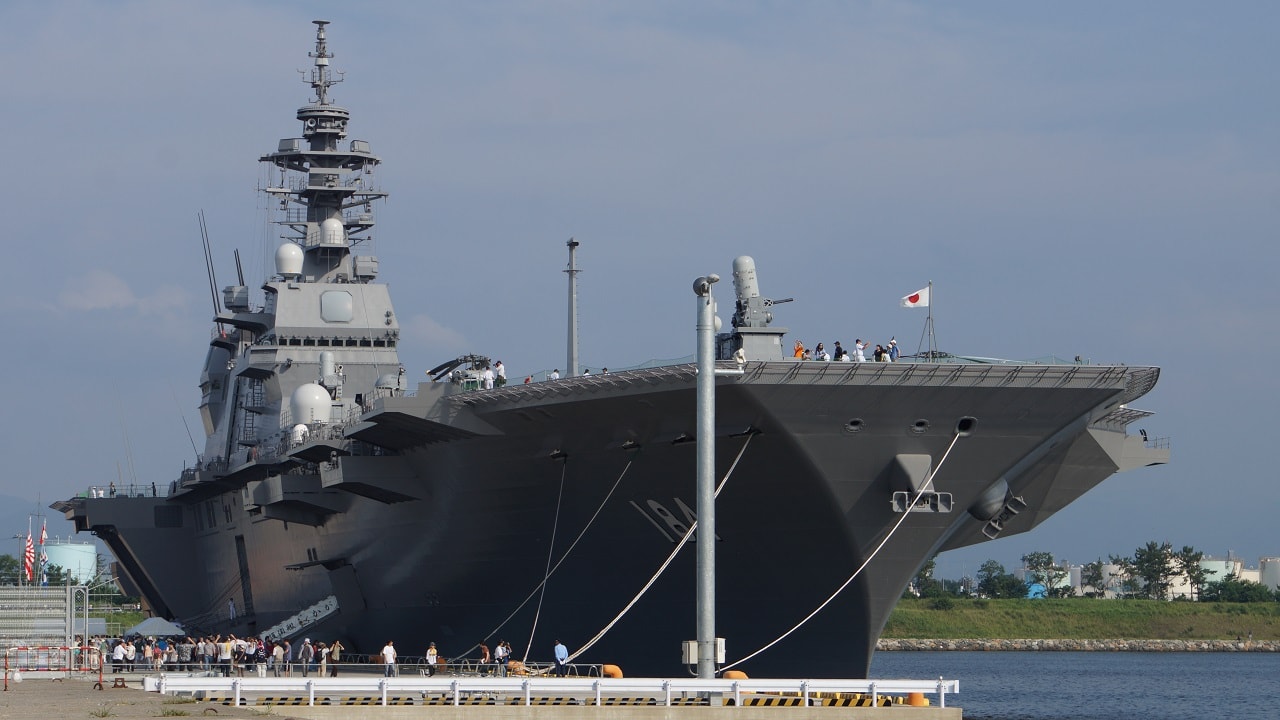James Holmes
Japan’s Ministry of Defense uses annual white papers to survey the country’s strategic surroundings and explain how it means to manage them. Its latest such survey shows Tokyo upping its game vis-à-vis China in a major way.
The most startling statistic in Defense of Japan 2023 concerns funding for the Japan Self-Defense Forces (SDF). In the coming five years, Japan intends to spend over two and a half times on the SDF what it spent in the most recent five years. Japan envisions hiking the budget from 17.2 trillion yen to 43.5 trillion yen, or about $307 billion.
The Japanese military has long been a compact force of enviable repute. Now it is poised to become a force of serious heft as well. This marks a sharp break with history. For decades after World War II, to mollify opinion in Asia and around the world, Japan self-limited its defense budgets to 1 percent of GDP. It cast itself as an intrinsically inoffensive society, incapable of a new round of imperial conquest. That era of self-restraint is gone thanks to Chinese, North Korean, and Russian belligerence.
We must look at the direction of Japanese defense spending as well as the total sum. According to Defense Minister Hamada Yasukazu, Japan will focus on two priorities. “First, to maximize effective use of our current equipment by improving operational rates, securing sufficient munitions, and accelerating investments in improving the resiliency of major defense facilities; and second, to strengthen the core areas of our future defense capabilities, including stand-off defense capabilities that can be utilized as counterstrike capabilities and unmanned assets.”
Tokyo aims to do more than simply scale up the force. Japan wants to wring maximum performance out of its current martial panoply; add magazine depth, and thus staying power in a protracted engagement; harden and diversify defense infrastructure to withstand attack; and invest in new long-range precision armaments. It will amplify its ability to throw a punch at a distance and to absorb a heavy hit without crumpling.
The result will be a rangier, brawnier pugilist, and a fighter whose capabilities are better distributed on the map. Defense of Japan 2023 notes that “strengthening of the defense architecture in the southwestern region” remains a going concern. That means strewing Air and Ground Self-Defense Force reconnaissance along with anti-ship and anti-aircraft missile units along the Ryukyus, an island chain that arcs from the southernmost home island of Kyushu through Okinawa at its midpoint, before terminating just north of Taiwan. Sponsored Content
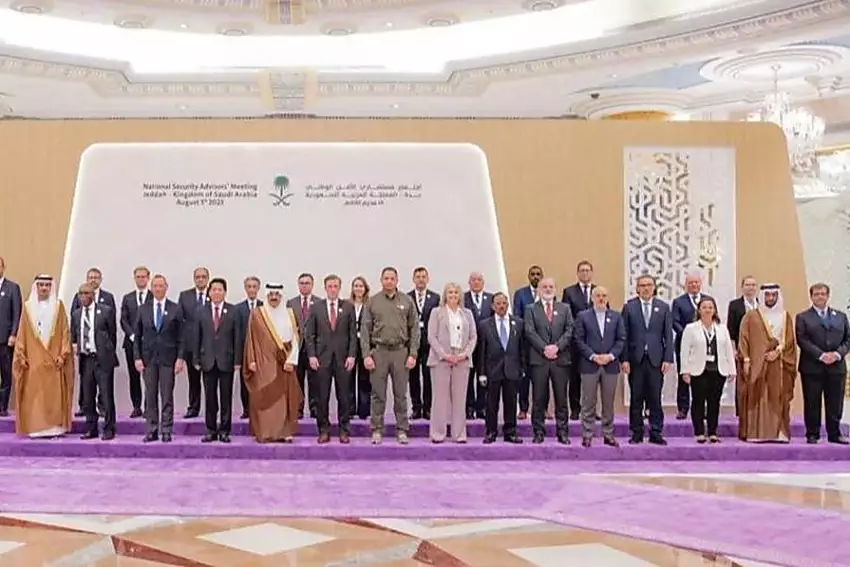
Ukraine from July 31 to Aug.7: China says Jeddah talks helped to 'consolidate international consensus'Nikkei Asia

The Ukrainian army commits new forces in a big southward pushThe Economist
It makes sense to fortify the southwestern islands for two broad reasons, one defensive, and one offensive. The first priority is to protect Japanese territory, offshore waters, and skies against assault from sea or air. SDF deployments here thus perform a purely defensive function.
Second, the islands give Japan and its American ally the option to convert the island chain into an offshore barricade against maritime and air movement between the China seas and the Western Pacific. Sea and air forces working in concert with units on the islands can close the straits that afford passage amid these bodies of water. The SDF can thus imprison hostile forces while holding Japanese ground.

China not expected to push Russian return to Black Sea grain dealNikkei Asia
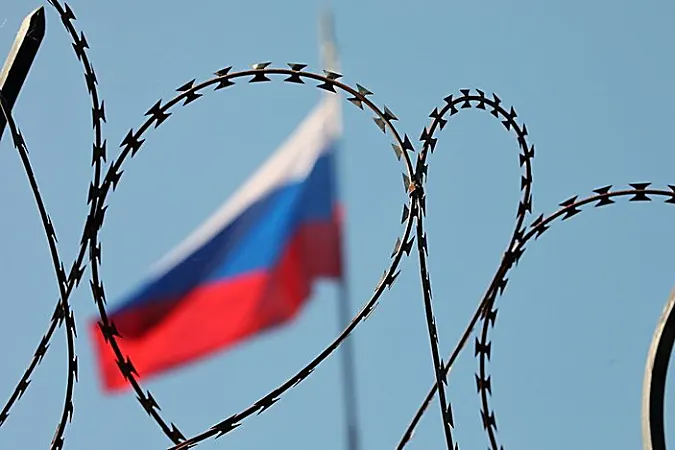
Why the EU will not seize Russian state assets to rebuild UkraineIt fears the precedent of undermining state immunity under international lawThe Economist
Walling up adversaries within the first island chain would deny them desperately needed maneuver space. The chief forces in question here are China’s People’s Liberation Army Navy and People’s Liberation Army Air Force.
As a bonus, such a blockade would also confine the Chinese merchant fleet to home waters, curbing seaborne trade and putting the economic hurt on Beijing should it abuse Japan, Taiwan, or some other neighbor. In short, Japanese maritime strategy aspires to yoke archipelagic geography, military technology, and alliance politics in the service of deterrence, and, should the worst come, open combat.
A first island chain bristling with weaponry should give pause to Chinese President Xi Jinping and his allies. As Defense Minister Hamada puts it, “it is essential to make efforts to ‘defend our country by ourselves’ and increase deterrence. In other words, we need to make the opponent think that ‘attacking Japan will not achieve its goals.’”
This is sound strategy. The Prussian military sage Carl von Clausewitz observes that an outright battlefield victory, though it charts a direct route to success, is not essential to success. One combatant can prevail over another by convincing enemy leaders they cannot win — or cannot win at a cost that’s worth it to them. A rational antagonist stands down rather than undertake a forlorn cause.
So it is possible to win without fighting, though not without being able and ready to fight. Whatever Japan and the U.S.-Japan alliance can do to put steel behind their island-chain defense strategy bolsters their odds of deterring predators like the Chinese Communist Party.
The Race for Homefield Advantage
Or look at the problem through a sporting lens. That the home team commands an advantage over any visiting team is a cornerstone of naval warfare, according to the greats in the field. That is the logic of access and area denial: The home team is close to scenes of battle, has the bulk of its militarily relevant resources nearby, and knows the physical and human terrain intimately. The significance of this is broadly understood. China has founded its strategy against the United States on this same, simple precept of trying to deny the U.S. team access to the playing field, or to hamper its efforts once there. Sponsored Content
Ukraine latest: U.K. sanctions alleged broker in Russia-North Korea arms dealNikkei Asia

What if China and India became friends?Setting aside their border dispute could transform their relationship—and geopoliticsThe Economist
But in the case of Japan and China, geography has situated two home teams next to the same field. Here they have played a furiously contested series spanning centuries. Though less populous and possessed of a smaller economy than China’s, Japan boasts geographic and other advantages of its own. Most notably, the Japanese archipelago lies athwart China’s access to the high seas, granting the SDF a blocking position. That being the case, the logic of Western Pacific access and area denial works both ways — not just for China. Defense of Japan 2023 attests to it.
Plus, to stick with the sports analogy, the Japan Self-Defense Forces enjoy support from a quasi-home, quasi-away team — the U.S. joint force permanently forward-deployed to East Asia — that can summon reserve players from afar when the contest heats up. The Self-Defense Forces are not alone.
Who holds the home-team advantage when Asian home teams face off? Japan is placing its bet.


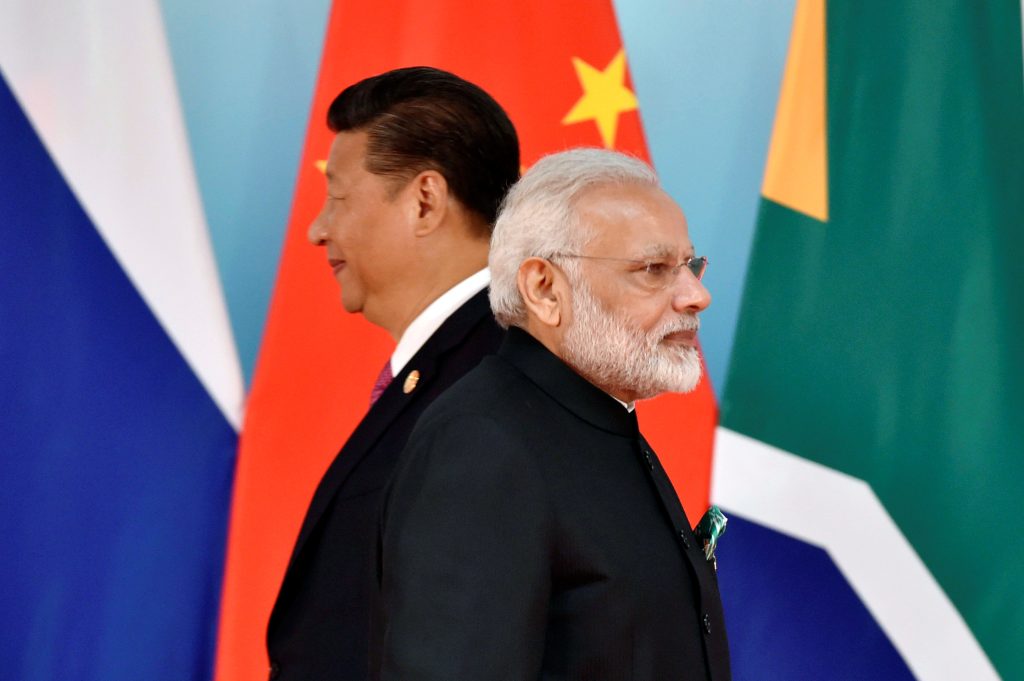



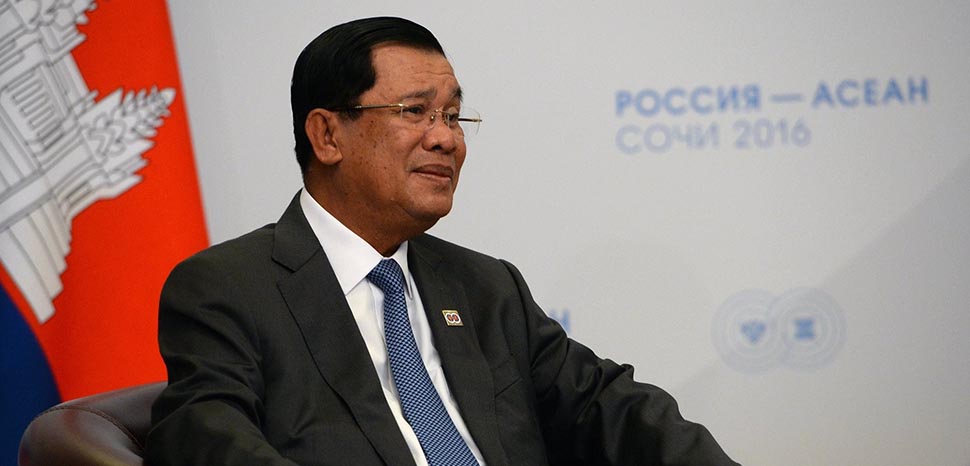
)
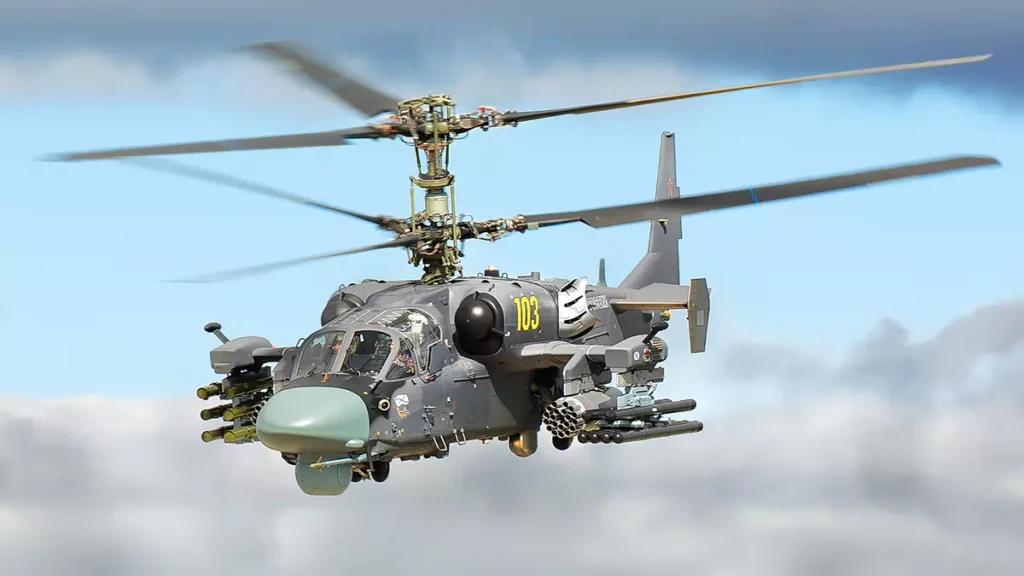
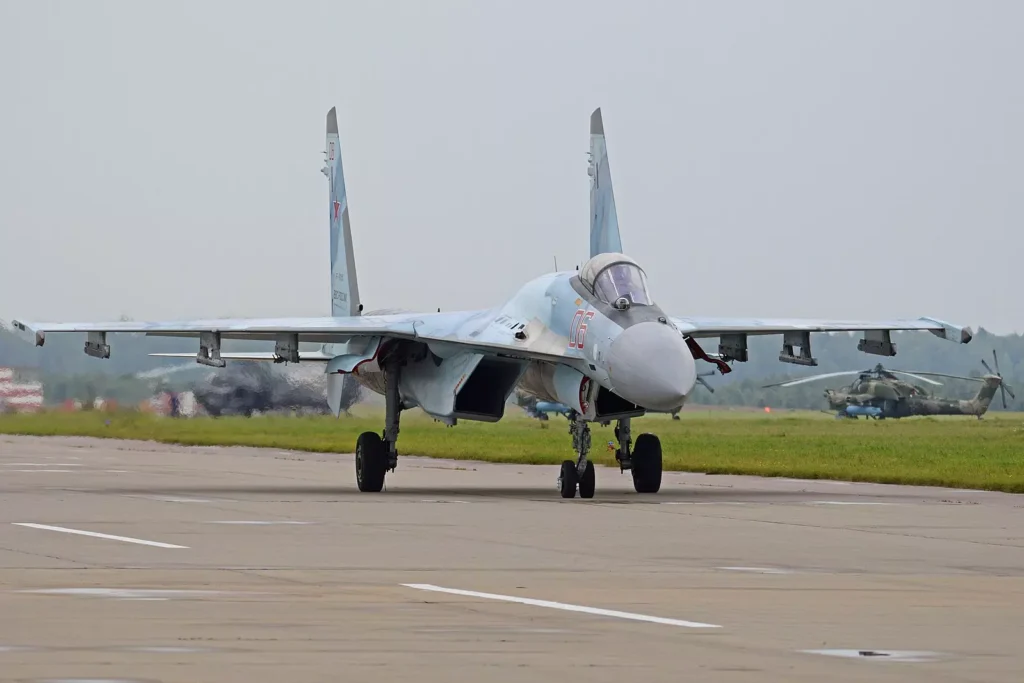 A
A 
